Chlamydia Test for Women
£19.99
- Home Chlamydia Test
- Easy to perform test, with a fast result
- CE approved for home use.
- Delivered in discreet packaging
Chlamydia FEMALE ONLY Test
Chlamydia is caused by a bacterial infection and is the most common sexually transmitted disease, affecting about 1 in 20 people between 15 and 50. This test will look for the presence of the bacteria, chlamydia trachomatis in your urine. It is important to test for chlamydia as the disease doesn’t always produce symptoms but left untreated can cause infertility and ectopic pregnancy. Chlamydia is easily treated with a course of antibiotics.
Why do I need this test?
Chlamydia is passed on during unprotected sexual intercourse, so if you have had unprotected sex you are at risk of being infected. Not everyone with chlamydia will have symptoms but left untreated chlamydia can cause serious problems in later life. Problems that chlamydia can cause include the following:
- Pelvic inflammatory disease.
- Ectopic pregnancy.
- Inflammation of the testicles.
Information
This home health test serves to detect Chlamydia trachomatis, one of the three known types of Chlamydia. Chlamydia infection is the most frequently occurring sexually-transmitted disease. In the UK alone, the number of new infections is estimated at between 300,000 and 500,000 per year. Younger adults (between age 15 and 25), those who frequently change sexual partners, the sexual partners of those infected (even those without symptoms who are unaware that they carry the infection), as well as newborn babies of infected mothers, are the most frequently affected. Infections without sexual contact (e.g. from swimming pools) are rare, but not impossible.
Chlamydia trachomatis infections frequently have no symptoms. However, they may also lead to complaints such as eye infections, arthritis, and urinary-tract infections. In addition, untreated infection frequently leads to infertility, as well as increasing the risk of ectopic pregnancy and preterm births. In developing countries, Chlamydia trachomatis infection is the most common cause of blindness among newborns.
It is particularly important to treat Chlamydia infections in pregnancy. Around 50% of infected mothers pass the infection on to their newborns. Common complications among newborns include conjunctivitis and pneumonia. This test is suitable for taking cell samples from the neck of the uterus, and is thus only for use by women. In the event of infection, it is recommended that your sexual partner also takes a test and undergoes treatment.
Important note:
- This test is not suitable for use during pregnancy!
- Do not use this test during menstruation and for three days after the end of your period, or if you have a urinary-tract infection!
- Only use the swab provided, and before use, make sure the packaging is undamaged!
Important directions:
- Do not make any important medical decisions without consulting your doctor!
- After use, the test components may be discarded with your ordinary household waste.
- Those parts of the test materials which are of animal origin (e.g. antibodies) are potentially infectious substances, but do not comprise any risk provided all test components are used according to the instructions. As a precaution, please wash your hands after performing the test.
Compared with the PCR method, in a clinical performance evaluation with 596 participants, this test achieved diagnostic sensitivity of 85.7% and diagnostic specificity of 98.3%. A lay study was also conducted with 56 subjects. Of these 56, 54 interpreted the result correctly.
Preparing for the test
Test components: Manual, sample bottle A (red cap), buffer bottle B (white cap). Swab and foil pack with test cassette and desiccant. Please also have a watch or clock to hand. The foil pack should initially be put aside UNOPENED, since it will not be needed until later.
Taking a sample using the swab
Before taking a sample, avoid urinating for at least one hour, since otherwise an incorrect result may be yielded.
Perform the test in a location where you will be undisturbed. Take the swab out of the pack. If the packaging is damaged, please do not use the swab and instead contact the manufacturer.

Select a comfortable position, such as one you would adopt for inserting a tampon. Carefully insert the swab into your vagina as far as the neck of the womb (top end of your vagina). Rotate the swab evenly for about 30 seconds and then slowly withdraw the swab.

Due to the small quantity of solution in the sample bottle A, this has to be shaken down to the bottom of the bottle (as if shaking a thermometer). Alternatively, the bottle can be stood on a flat surface, tapped lightly five times and then left to stand upright.

Dip the swab containing the sample into sample bottle A so that it touches the bottom. Rotate the swab in the solution and squeeze it out several times against the side wall of the bottle in order to ensure that the sample is mixed thoroughly with the buffer solution.

Wait 5 minutes. If you wait too long, or not long enough, this will distort the test result. During the waiting time, the swab must remain in the bottle.

Performing the test
Prepare the foil pack. In just 15 minutes, you will learn whether or not you have a Chlamydia infection. Place 6 drops from the small buffer bottle B into the large sample bottle A. Stir the solution several times using the swab, and once again press it firmly against the side wall of the bottle. You may now dispose of the swab in your household waste.

Close sample bottle A and shake it gently one more time. Hold sample bottle A with the cap upwards, and snap off the tip of the cap.

Now, as shown in the illustration, place 2 drops of the solution onto the sample field “S” on the test cassette. Please make sure that no liquid falls directly onto the reaction field.

Now wait 15 minutes. If you wait more than 20 minutes, it will no longer be possible to interpret the result reliably.
Reading and interpreting the result
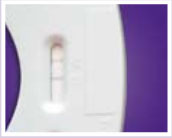 |
Positive result
|
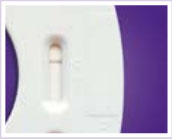 |
Negative result
|
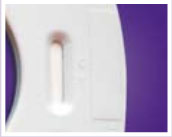 |
Invalid result
|
Please read the detailed explanations set out below:
- If you wait more than 20 minutes, it will no longer be possible to evaluate the test reliably. Please therefore dispose of the test cassette once you have finished interpreting the result at the correct time.
- A sample is considered positive if, within the reaction time of 15 minutes, two purple lines appear in the reaction zone of the cassette (at “C” and “T”), even if the coloured line at “T” is very faint. A positive result can often be identified before the end of the 15-minute reaction time.
- A result is considered negative if there is only one purple line at “C”. A negative result can only be established with certainty at the very end of the 15-minute reaction time.A result is considered invalid if no purple line appears at “C”, or there is only a line at “T” in the test field, or the entire test field turns purple.
- Possible reasons for an invalid result may be a damaged foil or swab pack, incorrect storage, or an error in performing the test. Please retain all the test materials and contact the manufacturer.
What should I do if my test result is positive?
Please see your doctor in order to discuss the result. Please take these instructions for use with you to your appointment, so that your doctor is able to gain a clearer picture of the test you have performed.
What should I do if my test result is negative?
A negative test result means that you are highly unlikely to have a Chlamydia trachomatis infection, but it is still recommended that you are regularly checked by your doctor.

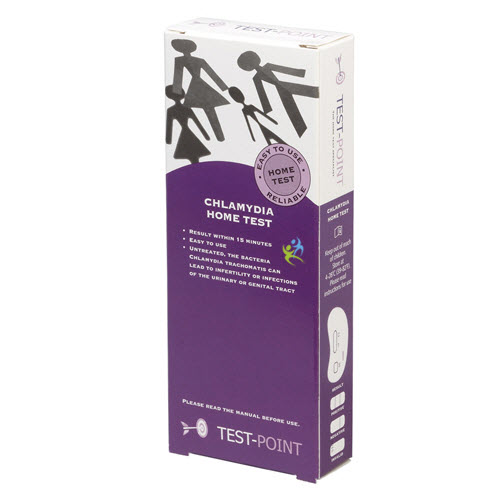
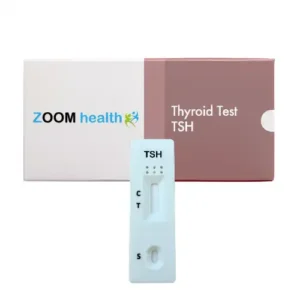
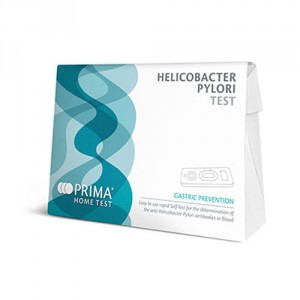
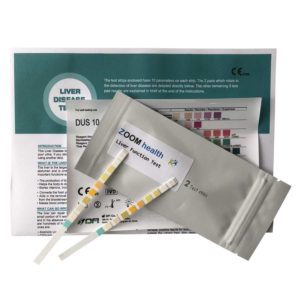
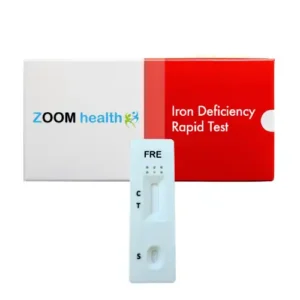
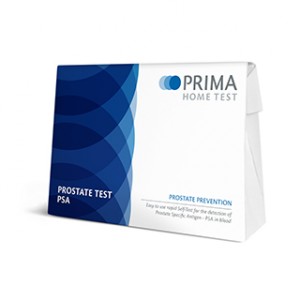
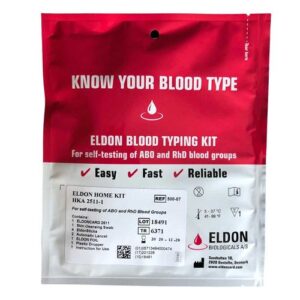
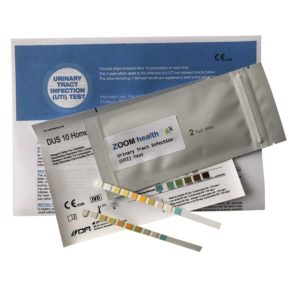
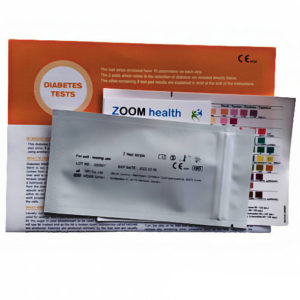
Reviews
There are no reviews yet